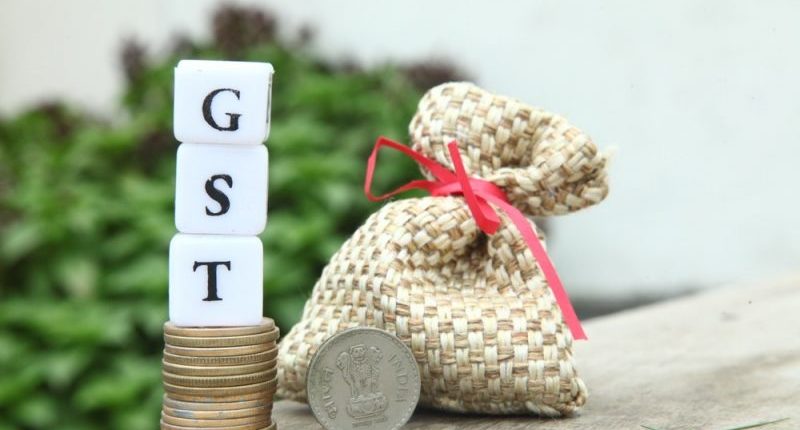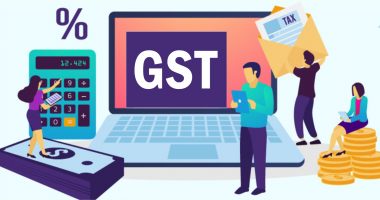The introduction of GST has turned out to be a significant amelioration in the indirect tax system in India. It has been two years since the introduction of GST. In a recent GST Council meet the Council approved innovative measures like e-invoicing and Aadhaar-linked GST registration. While some predicaments are solved, a few continue to make their presence felt.
GST is still taking shape; it is yet to become the fully functional indirect tax structure that augments our economy. However, it has moved forward from the primary notion of return filing. The ITC and reverse charge mechanisms have gone through numerous revisions. A double-edged sword, this can be both good and bad; constant changes indicate the government’s flexibility and its openness to address the concerns of taxpayers; at the same time, it also portrays a lack of clarity in compliance.
Initial conjecture stated that GST registration was to contain a simple set of rules however, it looks even more complicated. The laws differ with variables like turnover, the type of business (goods or service based), mode of operation (online or offline), and so on. As a result, it becomes challenging for new enterprises to find if GST applies to them.
The most significant concern, however, is related to the inclusion of reforms declared in the Council meetings and their succeeding addition in the GST laws on time. The intent was always there, but the first two years of GST have witnessed considerable delays in following the law. Issues like the collection of the interest payable in cash on the total tax liability as against the interest on the net liability can quickly be addressed on the system.
Also Read: Budget 2019: Does tax slabs change at all for salaried individuals?
Another major concern is tormenting compliance. Majority of taxpayers start filing when the deadline is a day or two away. The Council should come up with ways of encouraging taxpayers to file their returns before the deadline. For instance, the Council can consider launching a compliance reward program by rating the compliance of taxpayers.
The GST Council intends to address the concerns of taxpayers proactively but fails to resolve most of them. One of the major concerns is GSTR-9 annual returns. While the deadline for FY 2017-18 has been extended, enterprises are still struggling in some segments. Certain grey areas have been identified while reporting some transactions that occurred in FY 2017-18. The taxpayers are unsure of how these transactions are to be treated. Transactions such as the reversal of ITC done by the user, taxes paid as per the reverse charge, and ITC on IGST paid on import of goods have no room for reporting in the GSTR-9. Clarification on these reporting issues are a must and will facilitate taxpayers to stay compliant.
GSTR-9 is a significant return. The auditing of GSTR-9 by tax officials will set the trend for the years to come. These returns would pave the path for future compliance. Hence, the taxpayers are keeping a keen eye on the regulatory approach for the annual returns. Unexplainable notices and unjustifiable demands will cause the GST ecosystem to panic.
Also Read: 20% Hike in Food Subsidies and How Important it is for Farmers
The new simplified GST returns system is being designed in phases so that it matches the pace at which the technology is developing; a step small businesses are sure to welcome. They now have enough time to deal with the new mechanism. However, availing the input tax credit as per the simplified GST return is a matter of concern for businesses.
Accepting or rejecting the invoices that are uploaded by the supplier now heavily relies on the stability of the system. No law needs a supplier to upload invoices on ANX-1 within the deadline. There is no penalty on suppliers failing to upload these invoices, and this undoubtedly impacts the claims of the credit of taxpayers. Hence, additional diligence is expected with the implementation of this method of invoice upload.
Another significant issue the government currently faces is improving collection and compliance. The constant changes to the compliance have caused a dramatic impact on the collections, making it a worrisome factor. Cutting down GST rates will not prove to be beneficial unless the overall consumption sees a spike. Keeping this in mind, the GST Council should carefully contemplate any changes that may alter the GST rates. It is imperative that the Council focus more on building the taxpayers’ confidence and simplifying the process of filing.
After the two years of tumultuous yet successful journey, the Council’s efforts must be applauded. The current structure of the GST Council is fitting for addressing issues. It requires both the States and the Centre to participate and collectively pools in resources to resolve issues faced by the populace. In the days to come, we can expect positive developments.
Engineer by qualification, financial writer by choice. I am always open to learning new things.



